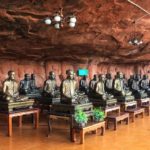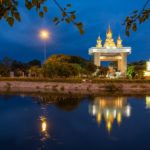Seri Thai in Northeast Thailand | Free Thai Movement WW II
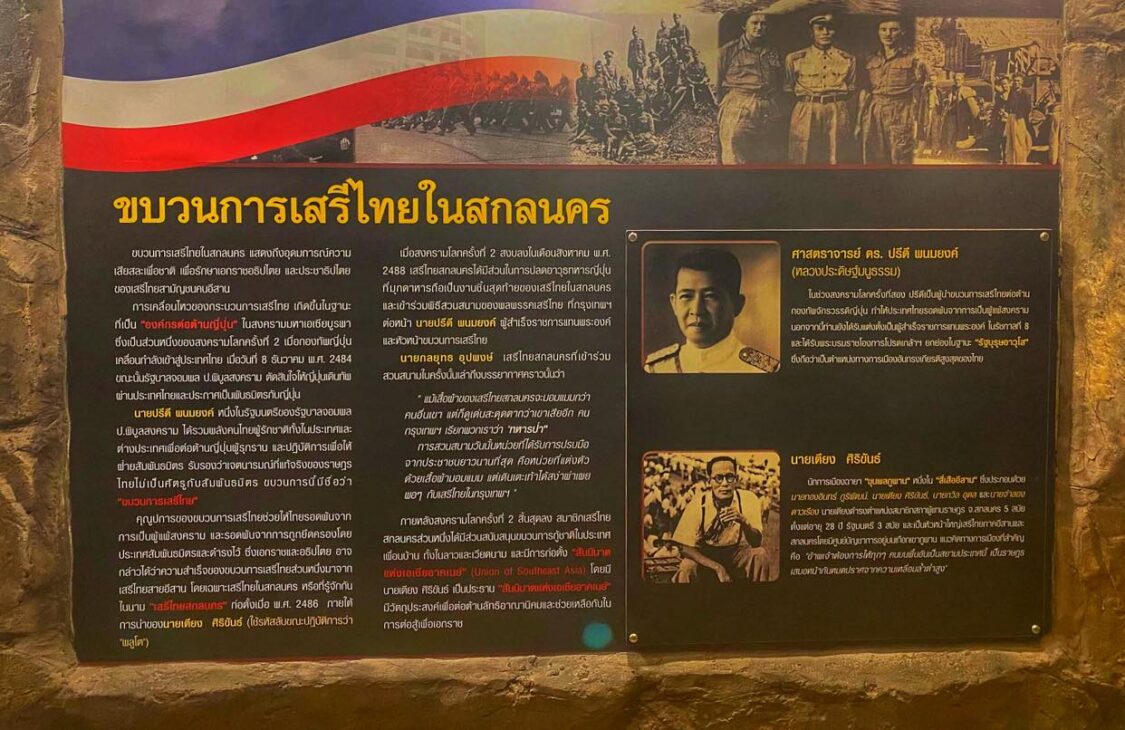
The Seri Thai Movement, meaning “Free Thai Movement,” was a significant part of Thailand’s history during World War II. This underground resistance group worked against the Japanese occupation of Thailand, which began in 1941 after the Thai government under Field Marshal Plaeck Phibunsongkhram (แปลก พิบูลสงคราม) was coerced into an alliance with Japan.
Volunteers in Northeastern Thailand (in particular Sakon Nakhon), played a key role in the Seri Thai Movement, which was rooted in a patriotic desire to preserve Thailand’s sovereignty and independence without actually engaging in open warfare, which would have been difficult against the Japanese forces. Instead, the group focused on activities like sabotaging supply lines and intelligence gathering to assist the Allied forces.
Dr. Pridi Banomyong (ปรีดี พนมยงค์), a regent for King Ananda Mahidol (Rama VIII) and a senior statesman was considered the leader of the movement. In 1943, Luang Pridi appointed Sakon Nakhon native Khru Tiang Sirikhan (เตียง ศิริขันธ์) to establish Seri Thai training camps in the Phu Phan Mountain area of Sakon Nakhon Province.
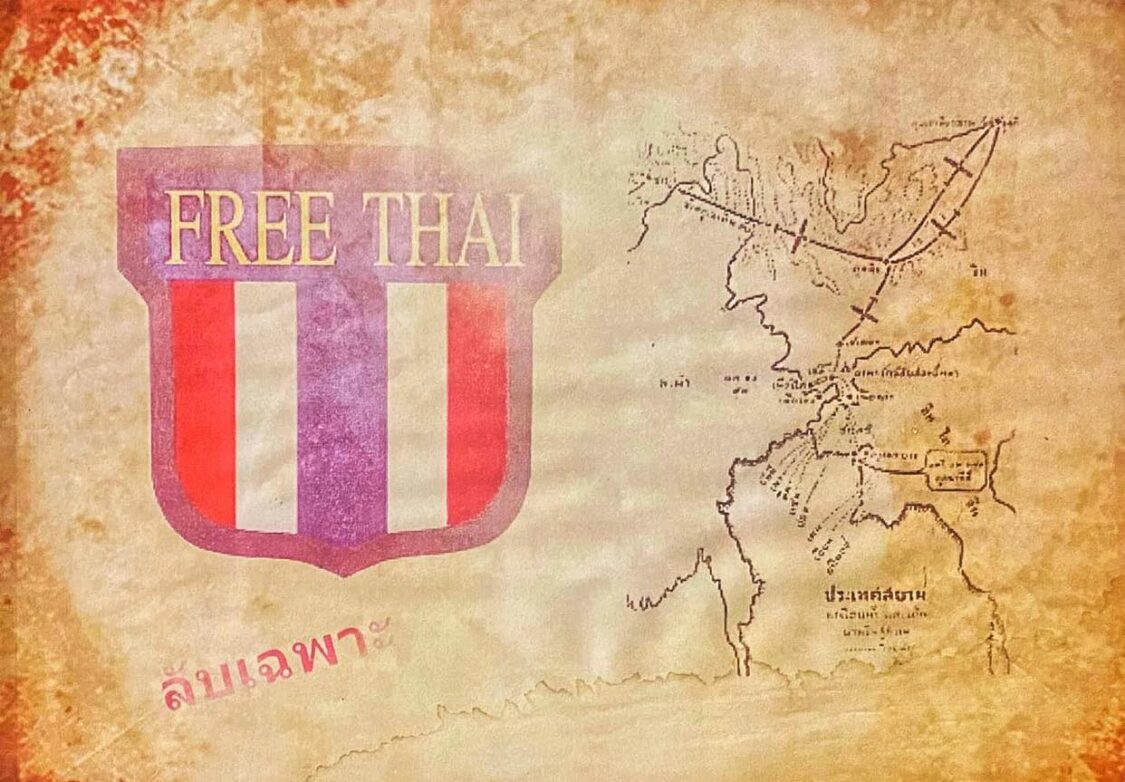
Tiang Sirikhan & The Four Isaan Tigers
Tiang Sirikhan was likely chosen to lead because he was one of Northeast Thailand’s “Four Isaan Tigers” (“สี่เสืออีสาน”) — a cadre of young elected Isaan MPs who were members of The People’s Party, which helped to move the Thai government from an Absolute Monarchy toward a Constitutional Monarchy (Democracy).
The other 3 Isaan tigers (all of whom were elected in Thailand’s first elections in 1933), were Thong-in Phuripat (ทองอินทร์ ภูริพัฒน์) from Ubon Ratchathani, Thawin Udon (ถวิล อุดล) from Roi-et, and Chamlong Daoruang (จําลอง ดาวเรือง) from Maha Sarakham. Each of these “tigers” also joined the Seri Thai Movement under the leadership of Khru Tiang.
Tiang Sirikhan initially divided the training into 3 Sakon Nakhon camps: Camp A, Ban Nong Luang (บ้านหนองหลวง) (supported by the United States); Camp B, Ban Tao Ngoi (บ้านเต่างอย) (supported by England); and Camp C, Ban Phon Kang Pla (บ้านโพน ก้างปลา) (supported by China). Later this expanded into 10 camps, including Camp Ban Non Hom (ค่ายบ้านโนนหอม) and Camp Ban Phon Kang Pla (คายบานโพนกางปลา), where short-wave radio stations were set up to communicate with the Allies and decode news in English sent from India.
Seri Thai Camps were also established in neighboring provinces, such as Udon Thani, Maha Sarakham, and Ubon Ratchathani. However, Sakon Nakhon’s forces (with approx. 3,500 trained soldiers) were is the largest force of the Free Thai Army.
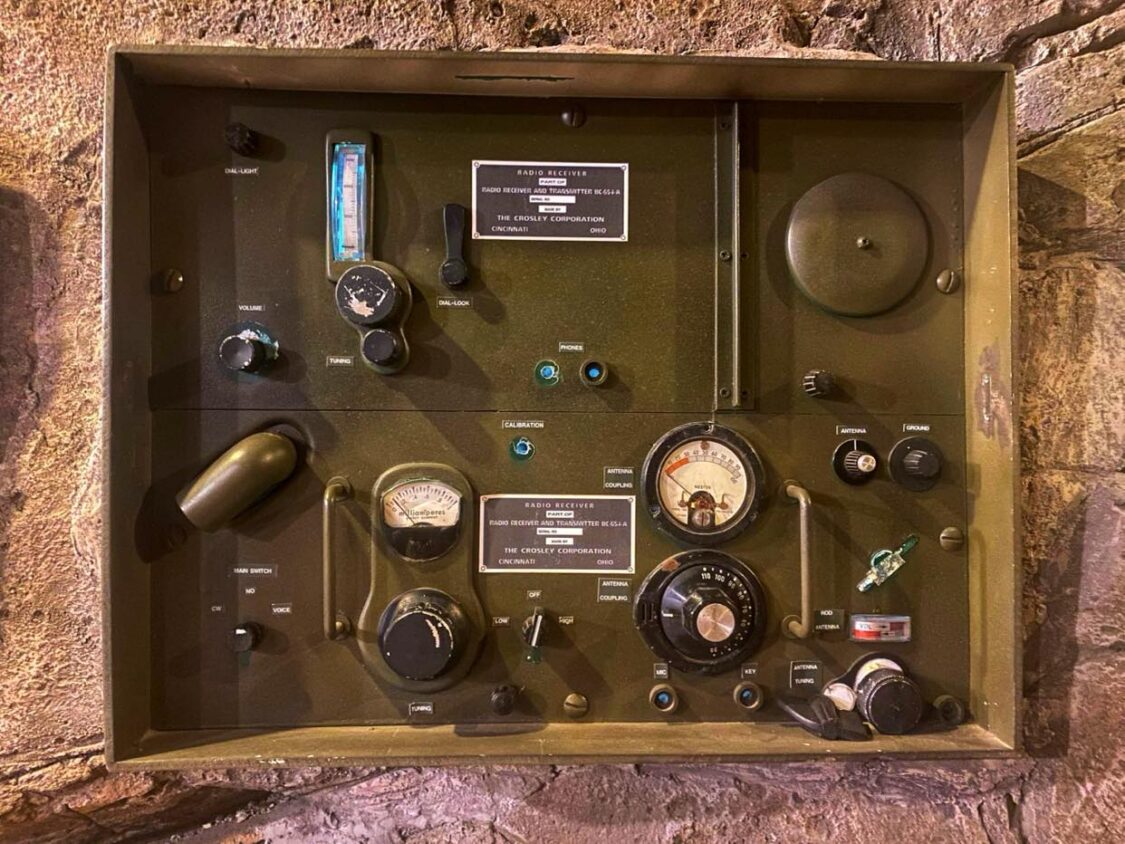
Seri Thai in the Phu Phan Mountains
A major reason for the size of the force was that the remote and rugged terrain of the Phu Phan Mountains offered an ideal hideout for the movement’s guerrilla warfare training and radio broadcasting operations. The dense forests and mountains provided natural cover from the Japanese forces, making it a strategic location for resistance activities.
Being so remote, access to electricity was obviously difficult. Sakon Nakhon Seri Thai camps needed to generate electricity via bicycles that were attached to dynamos. The electricity was stored in batteries which were used to power the short wave radio stations at Camp Ban Non Hom and Camp Ban Phon Kang Pla.
Khru Tiang Sirikhan (given the secret coded nickname “Pluto” by UK forces) turned out to be a highly capable leader, ultimately leading his forces in 1945 to the final disarmament of the Japanese who were in the region.
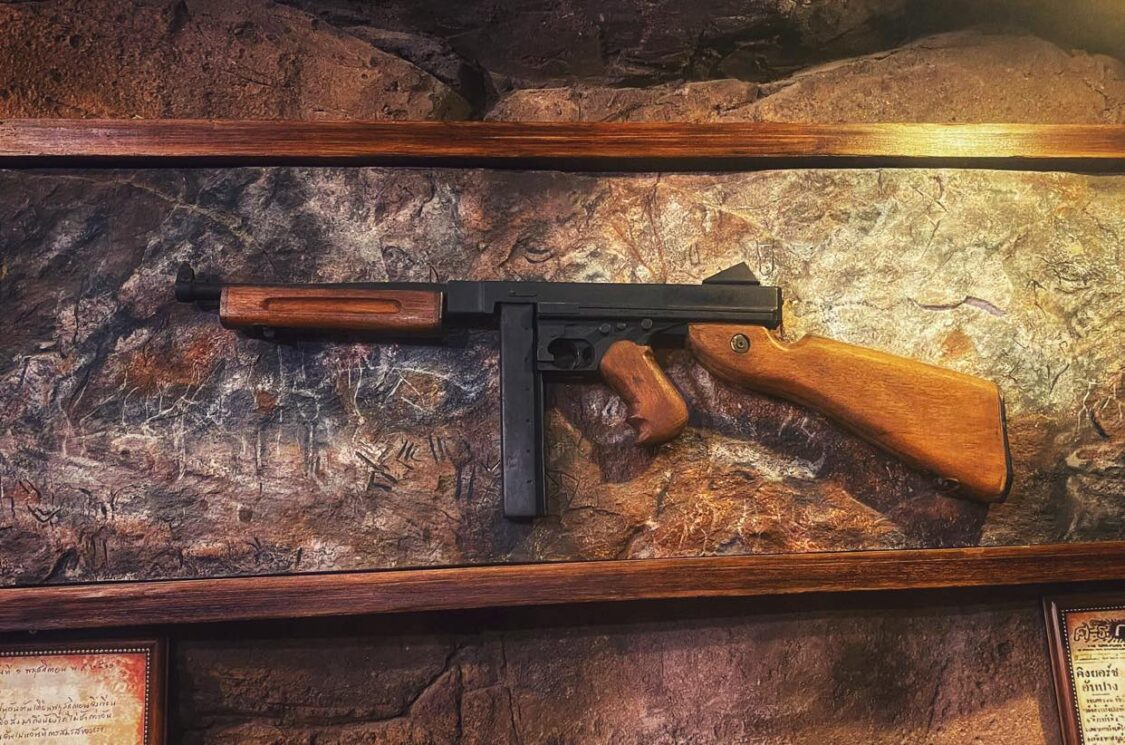
Seri Thai Post World War II
After World War II ended, Seri Thai members from Sakon Nakhon supported national freedom movements in neighboring countries, like Laos and Vietnam. Khru Tiang was instrumental in establishing the Union of Southeast Asia (สันนิบาต แห่งเอเชียอาคเนย์) and named its president. The organization was founded with an aim toward resisting colonialism and helping member countries in their struggles for independence.
However, the establishment of this union led to trouble for Tiang Sirikhan, who as accused of organizing a rebellion against the Thai government. This ultimately led to the arrest and assassination of the other 3 Isaan Tigers, who also were members of the union. After meeting with police and government officials in December of 1952, Khru Tiang disappeared. It’s believed he was assassinated at the age of 43.
Today, there is a statue honoring Khru Tiang Sirikhan near the Seri Thai Cave, which was used by resistance forces and is open to visitors. You also can visit a Seri Thai exhibition at the Phu Phan Museum in downtown Sakon Nakhon.
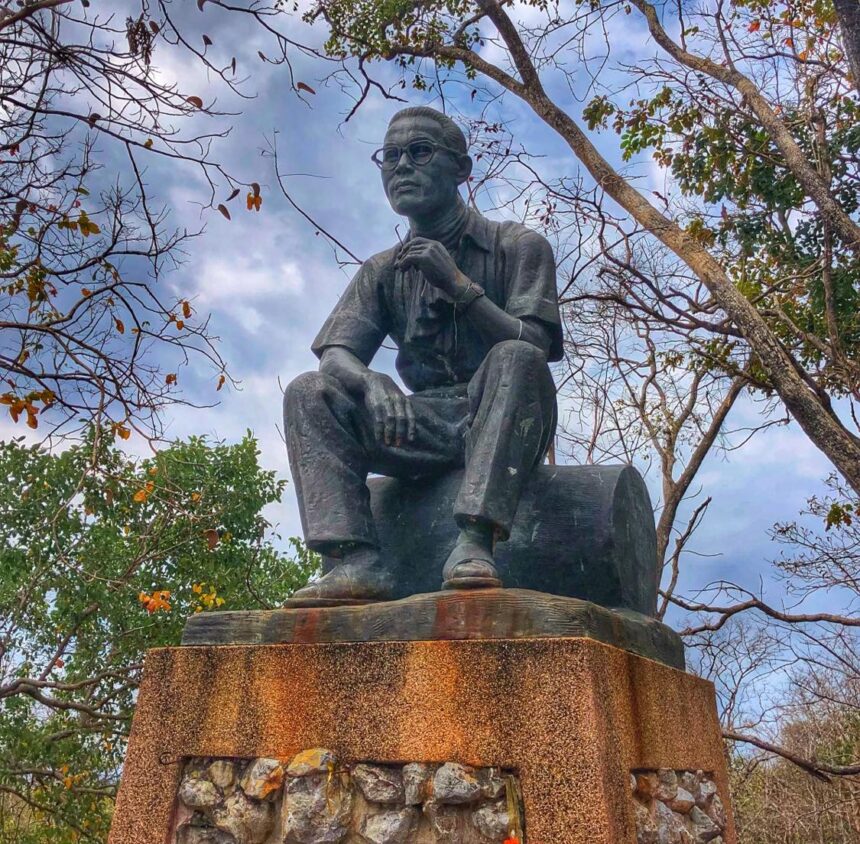
- Affirmations in Buddhism & Thailand - June 7, 2025
- Speak Thai Naturally Without the Gymnastics - April 20, 2025
- The Best Learn Thai Podcast and YouTube Channel - April 10, 2025

